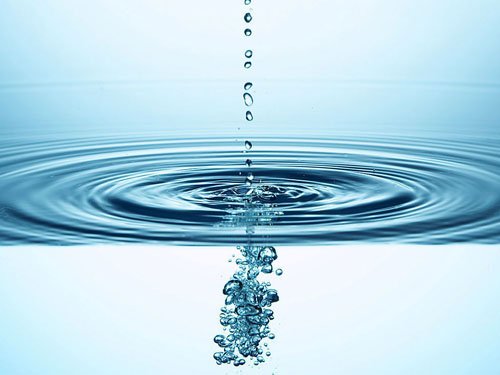On February 26, 2021, the Ministry of the Environment (MOE) deliberated on the revision of the environmental standard values for hexavalent chromium and the position of Perfluorohexane-1-sulphonic acid (PFHxS) in the water quality environmental standard system. At COP15, which will be held in October 2019, the POPRC, a sub-organization of the POPs Convention, decided to recommend that PFHxS be added to Annex A of the POPs Convention after COP16, and this discussion took place against this background.
Draft policy on the handling of PFHxS
The documents presented at this meeting included a draft policy on the handling of PFHxS. The draft policy is as follows.
-
- At present, the WHO has not established drinking water quality guideline values, and even internationally, it is difficult to say that there is sufficient scientific knowledge on the harmfulness of PFHxS, and it cannot be said that there is sufficient information to decide to place PFHxS as an item requiring monitoring.
- On the other hand, there is a possibility that PFHxS, its salts, and PFHxS-related substances were manufactured in and imported into Japan in the past, and the results of water quality surveys on PFHxS were conducted in Japan have confirmed the widespread detection of PFHxS in the aquatic environment.
- In light of the above, it is necessary to position PFHxS as an “item requiring investigation,” to accumulate scientific knowledge on its toxicity and to continue to accumulate knowledge on its presence in the aquatic environment.
Status in Japan
- Specific manufacturing and import volumes in Japan are unknown.
- There is a possibility that PFHxS, its salts, and PFHxS-related substances were manufactured by some companies in the past.
- There is a possibility that a certain amount of products manufactured and imported in Japan may remain in the environment.
Possibility of regulation
1. Designation as a Class I Specified Chemical Substance under the Chemical Substances Control Law based on the addition of the substance to Annex A of the POPs Convention.
2. Establishment of water quality standards for tap water, etc.
3. Raising the status of PFHxS in the aquatic environment from an item requiring investigation to an item requiring monitoring.
 MOE of Japan Starts Study on Water Quality Control of PFHxS
MOE of Japan Starts Study on Water Quality Control of PFHxS 

























